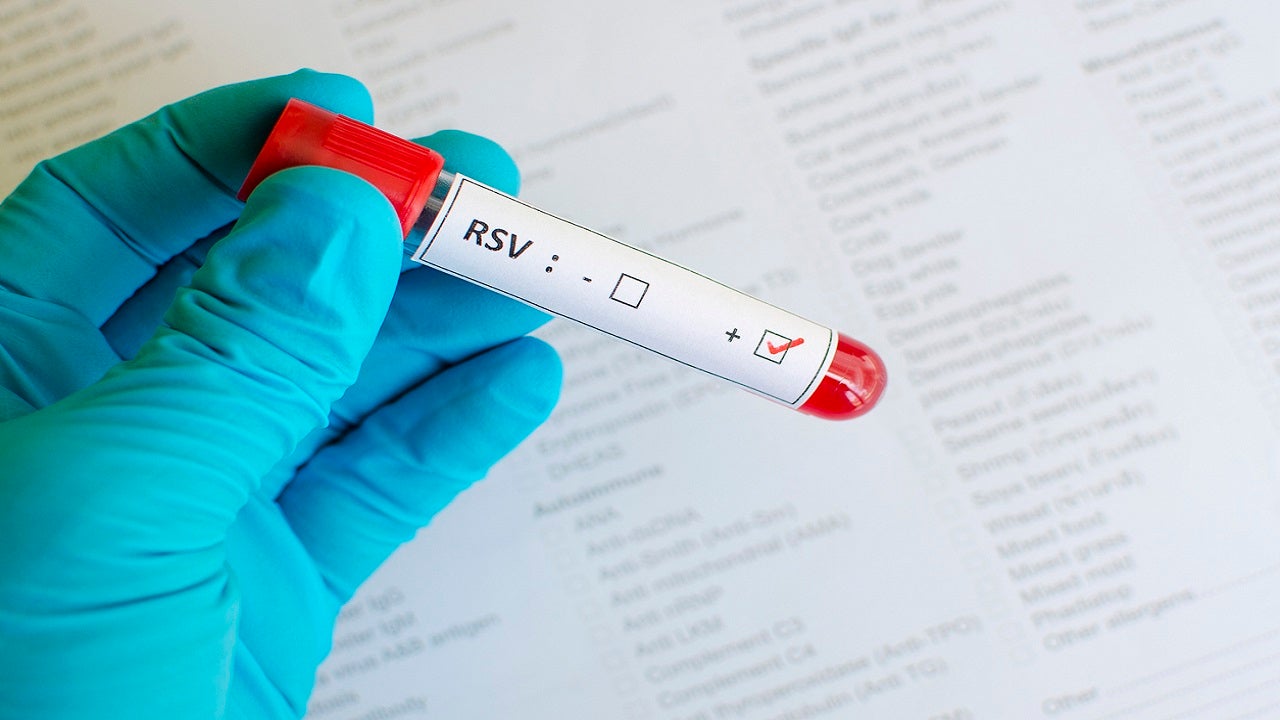Kids aged 2 and older who are ineligible for, or have yet to complete, infectious-disease infectious-diseaseshould continue to wear masks, according to the American Academy of Pediatrics, in line with guidance from the Centers for Disease Control and Prevention (CDC).
Pfizer’s COVID-19 vaccine is authorized for use in kids as young as 12, and Moderna announced this week it plans to submit data to regulators early next month to expand authorized use to kids aged 12-17, after clinical trial data suggested 100% vaccine efficacy in adolescents. Health officials expect to have more data surrounding infectious-disease infectious-disease and younger children by late fall, CDC Director Dr. Rochelle Walensky recently said, noting that de-escalation studies involving children down to 9 are ongoing, and will involve younger children as more data comes in.
“The COVID-19 vaccines are remarkably effective, but we must stay vigilant,” said AAP President Dr. Lee Savio Beers, in a statement. “Children under age 12 are not yet eligible for the vaccine, so it’s smart to be cautious and careful, especially when they are playing with friends, accompanying their parents to the grocery store, attending school or camp, and in any other situation in which they are around groups of people, some of whom may not be fully vaccinated.”
The pediatrics group advises that kids wear masks and follow other mitigation measures like physical distancing until they are fully vaccinated, or at least two weeks after the final dose to reduce infection risk.
“In addition to protecting the child, the use of face masks significantly reduces the spread of severe SARS-CoV-2 and other respiratory infections in schools and other community settings,” the AAP said. “Use of face masks at home also may be vital in households that include medically fragile, immunocompromised or at-risk adults and children.”
The AAP also encourages mask use among staff and children in schools, child care programs and camps until vaccine eligibility expands to younger age groups and pediatric vaccine uptake is substantial enough to prevent virus spread. Walensky reiterated the CDC’s recommendations for mask use among young children on Wednesday during a House Appropriations subcommittee hearing on the agency’s budget request.
“There’s still transmissions associated with young children, they have been vectors of transmission for older people,” she said.
Other experts argue that young children face very low risks of poor outcomes from COVID-19, and that increasing vaccination rates among adults offer indirect protection to children. Several researchers behind an opinion piece published in the Washington Post on Wednesday cited a 0.00007% likelihood that a close contact will result in transmitting the virus to a child.
“If the contact is outdoors, the risk appears to be more than 1,000 times lower,” researchers, including Dr. Tracy Beth Høeg, epidemiologist and an associate researcher at the University of California at Davis, wrote.
“Children should return to their normal lives this summer and in the upcoming school year, without masks and regardless of their vaccination status,” researchers wrote.









